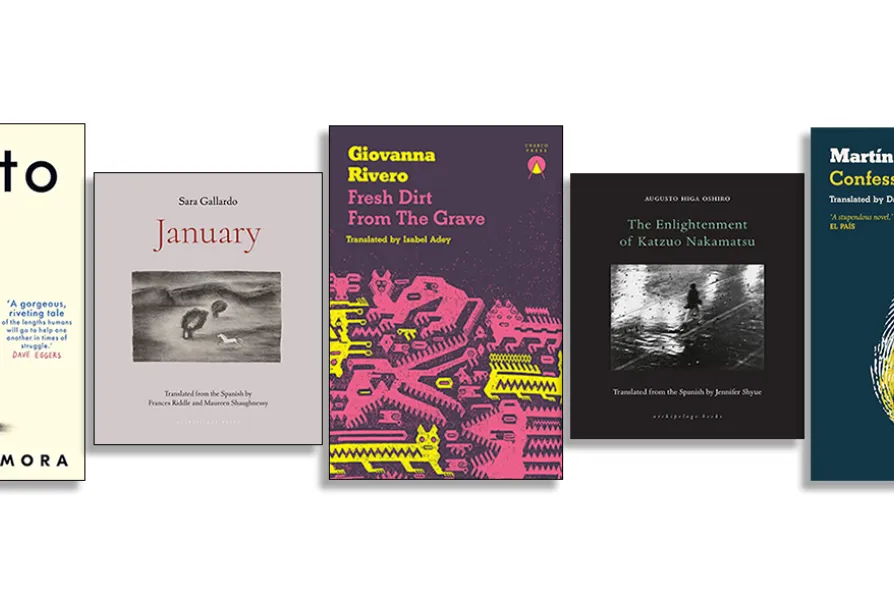SIMON DUFF recommends a new album from renowned composer and oud player Anour Brahem.


IT has been a remarkable year for Latinx and Latin American literature in Britain, with books of fiction, non-fiction and poetry exploring a rich culture, traditions, individual stories, and a whole region still much under-represented in the British publishing world.
Memoir & Fiction
In 2023, one of the most notable publications was Solito (Oneworld, £10.99) by Salvadorian-American poet and activist Javier Zamora. The memoir tells the story of Zamora’s journey as a nine-year-old nicknamed Chepito to reunite with his parents in the US. They had fled El Salvador due to the civil war and lack of opportunities.
Zamora’s journey lasted seven weeks and spanned over 4,000 kilometres. It is a remarkable contribution to migration literature, portraying the challenges and hope of those who embark on such journeys.

A novel by Argentinian Jorge Consiglio, a personal dictionary by Uruguayan Ida Vitale, and poetry by Mexican Homero Aridjis












